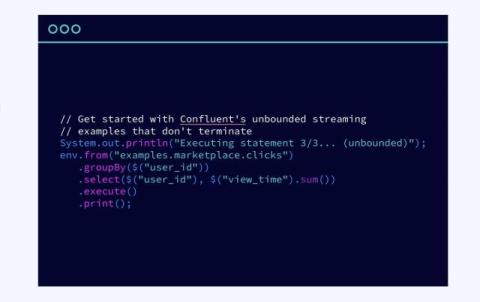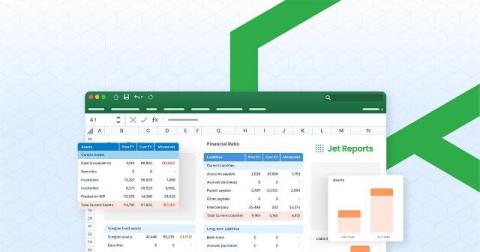Elevate Your Digital Experiences for the Holiday Season with Continuous Testing
Check our the 'Your Ultimate Holiday Software Quality Checklist' for building and deploying seamless digital experiences and maximizing revenue for retailers during the holidays.











